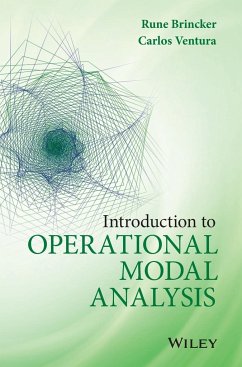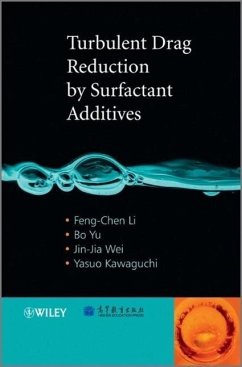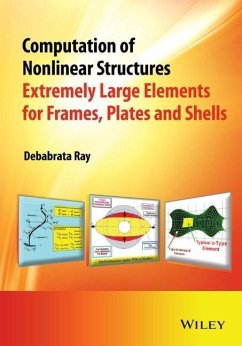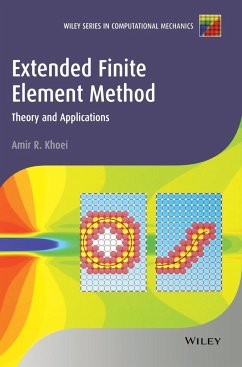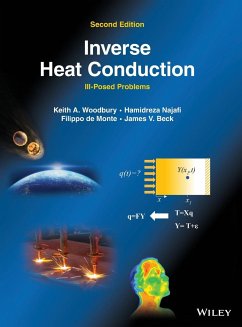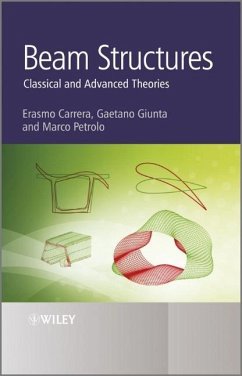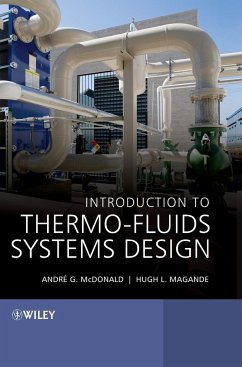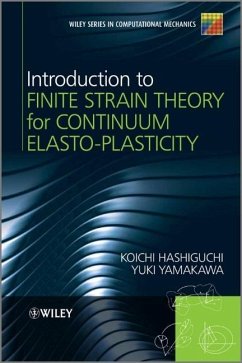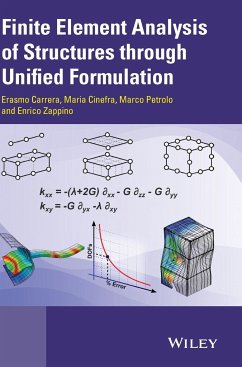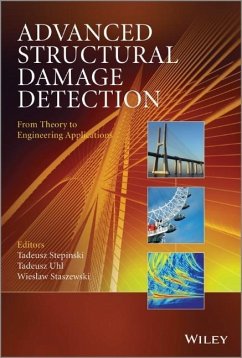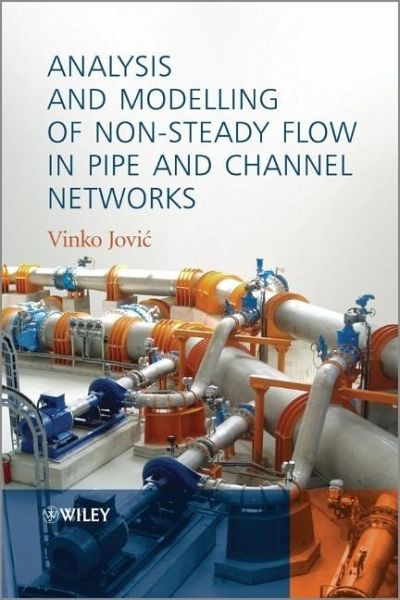
Analysis and Modelling of Non-Steady Flow in Pipe and Channel Networks
Versandkostenfrei!
Versandfertig in über 4 Wochen
147,99 €
inkl. MwSt.
Weitere Ausgaben:

PAYBACK Punkte
74 °P sammeln!
This publication presents the theory and practice of modelling different flows in hydraulic network. The author presents his experience over the last few decades of solving problems that occur in the course of the design and construction of hydroenergy plants, water-supply and other systems and discusses new methods of solving hydraulic problems that have evolved, primarily due to the development of numerical methods. Includes a website hosting the author's software package, Simpip, which is used for solving non-steady pipe flow using the finite element method.
Analysis and Modelling of Non-Steady Flow in Pipe and Channel Networks deals with flows in pipes and channel networks from the standpoints of hydraulics and modelling techniques and methods. These engineering problems occur in the course of the design and construction of hydroenergy plants, water-supply and other systems. In this book, the author presents his experience in solving these problems from the early 1970s to the present day. During this period new methods of solving hydraulic problems have evolved, due to the development of computers and numerical methods.
This book is accompanied by a website which hosts the author's software package, Simpip (an abbreviation of simulation of pipe flow) for solving non-steady pipe flow using the finite element method. The program also covers flows in channels. The book presents the numerical core of the SimpipCore program (written in Fortran).
Key features:
Presents the theory and practice of modelling different flows in hydraulic networks
Takes a systematic approach and addresses the topic from the fundamentals
Presents numerical solutions based on finite element analysis
Accompanied by a website hosting supporting material including the SimpipCore project as a standalone program
Analysis and Modelling of Non-Steady Flow in Pipe and Channel Networks is an ideal reference book for engineers, practitioners and graduate students across engineering disciplines.
This book is accompanied by a website which hosts the author's software package, Simpip (an abbreviation of simulation of pipe flow) for solving non-steady pipe flow using the finite element method. The program also covers flows in channels. The book presents the numerical core of the SimpipCore program (written in Fortran).
Key features:
Presents the theory and practice of modelling different flows in hydraulic networks
Takes a systematic approach and addresses the topic from the fundamentals
Presents numerical solutions based on finite element analysis
Accompanied by a website hosting supporting material including the SimpipCore project as a standalone program
Analysis and Modelling of Non-Steady Flow in Pipe and Channel Networks is an ideal reference book for engineers, practitioners and graduate students across engineering disciplines.



